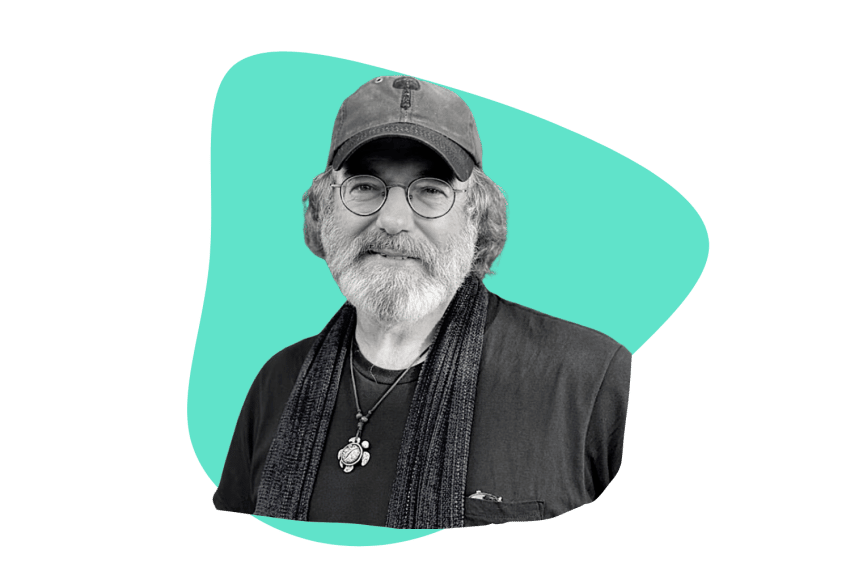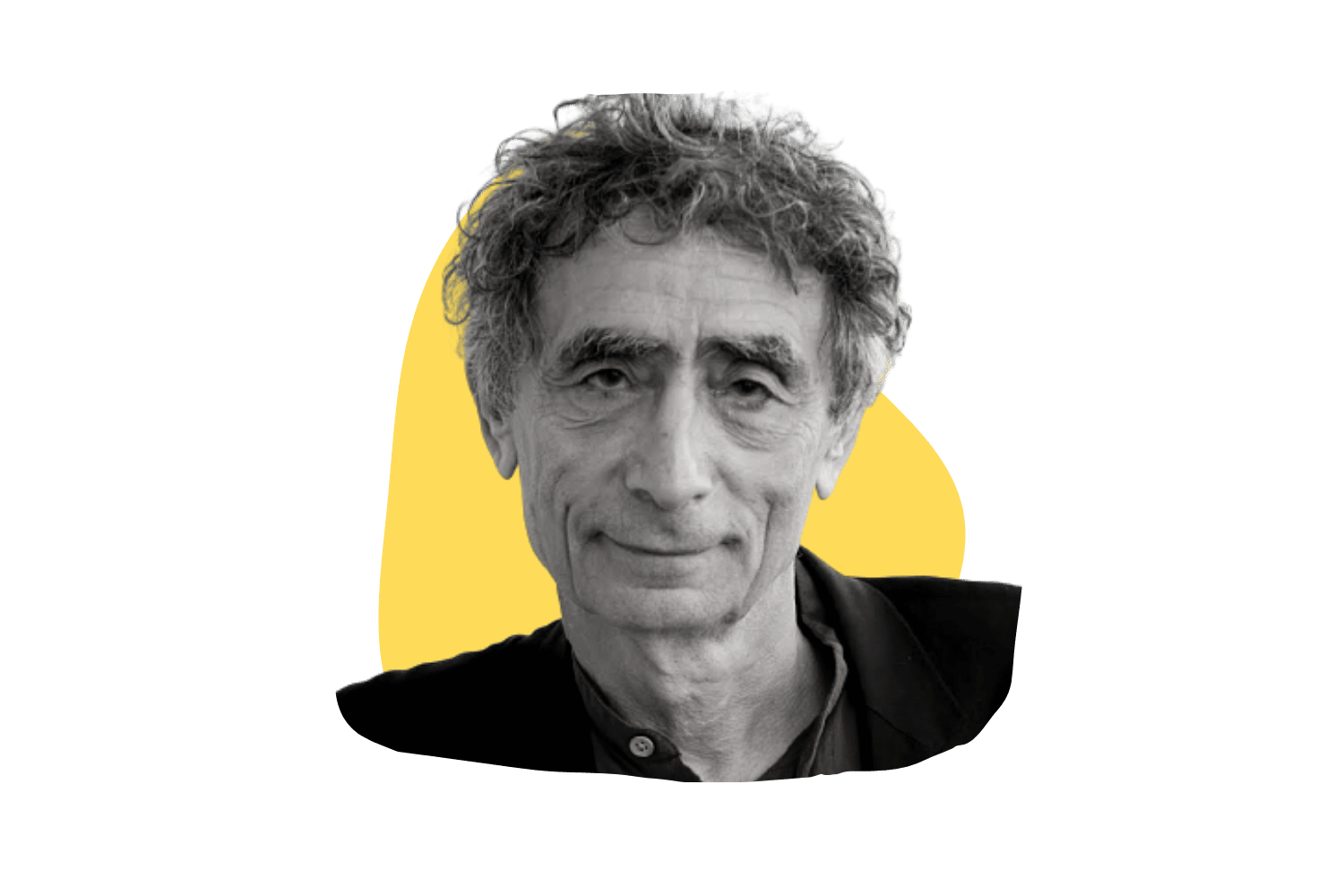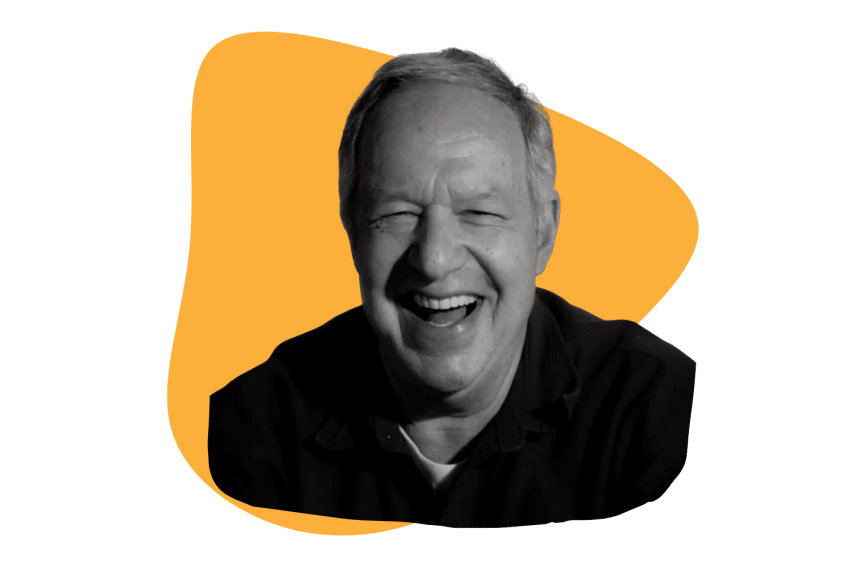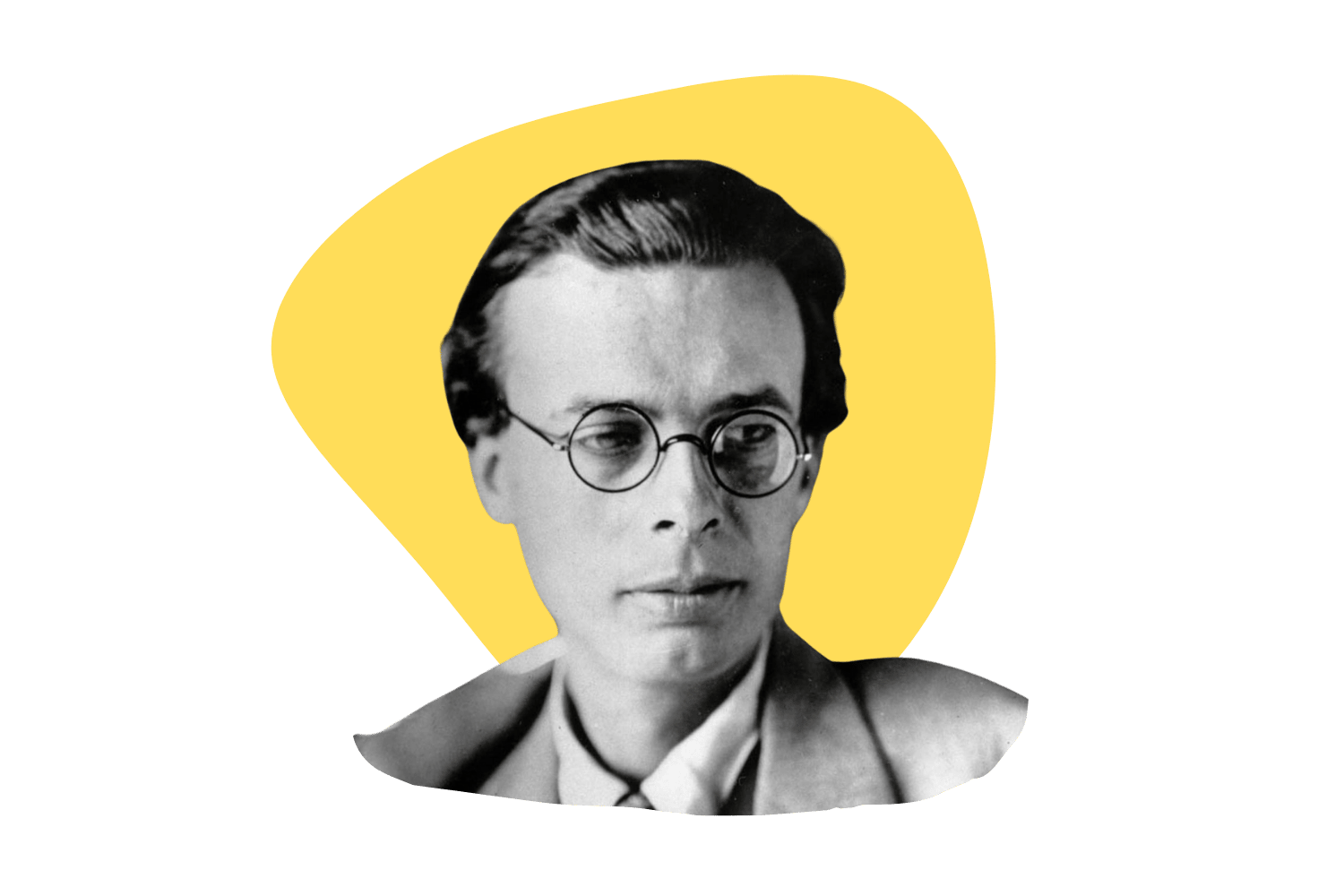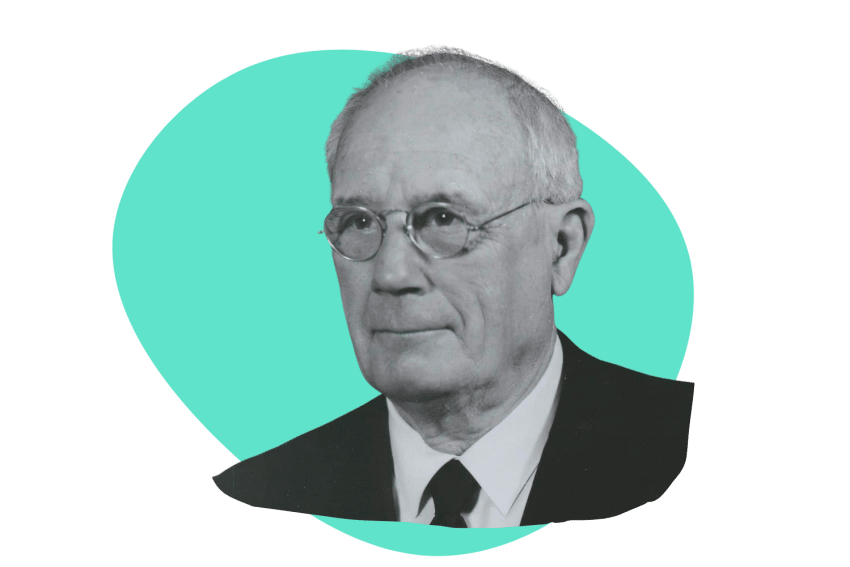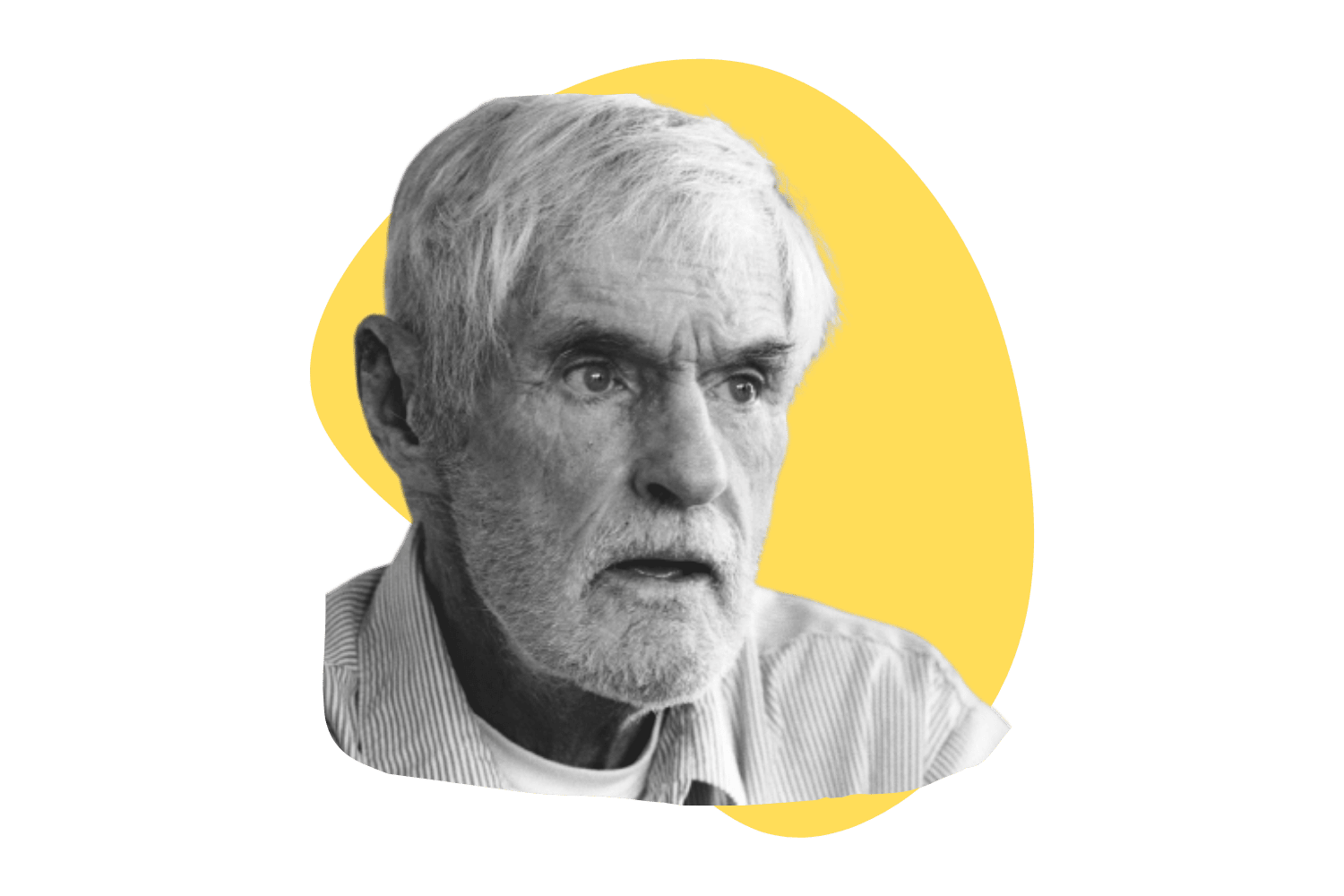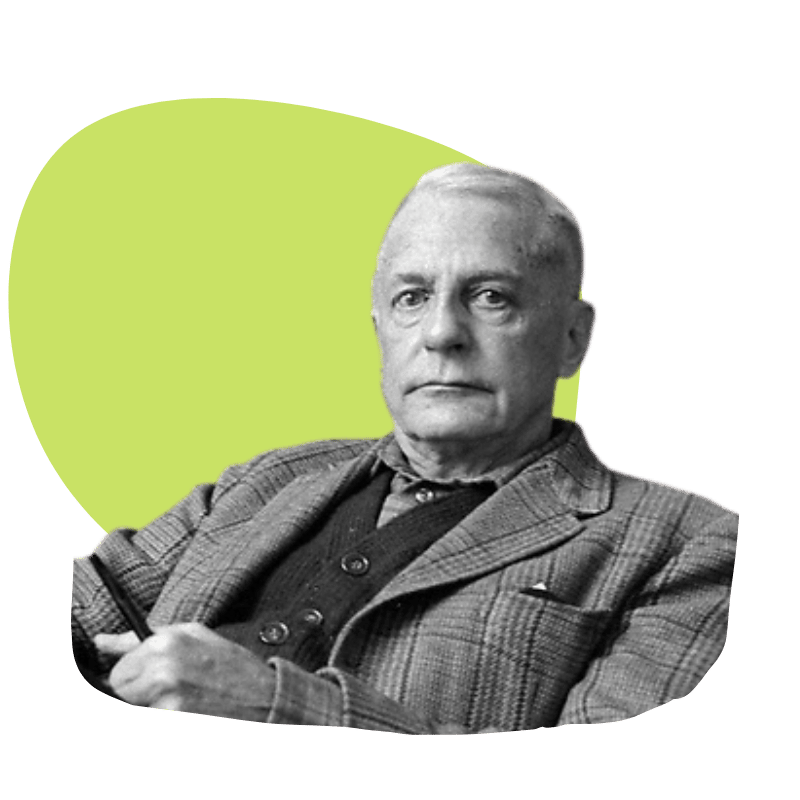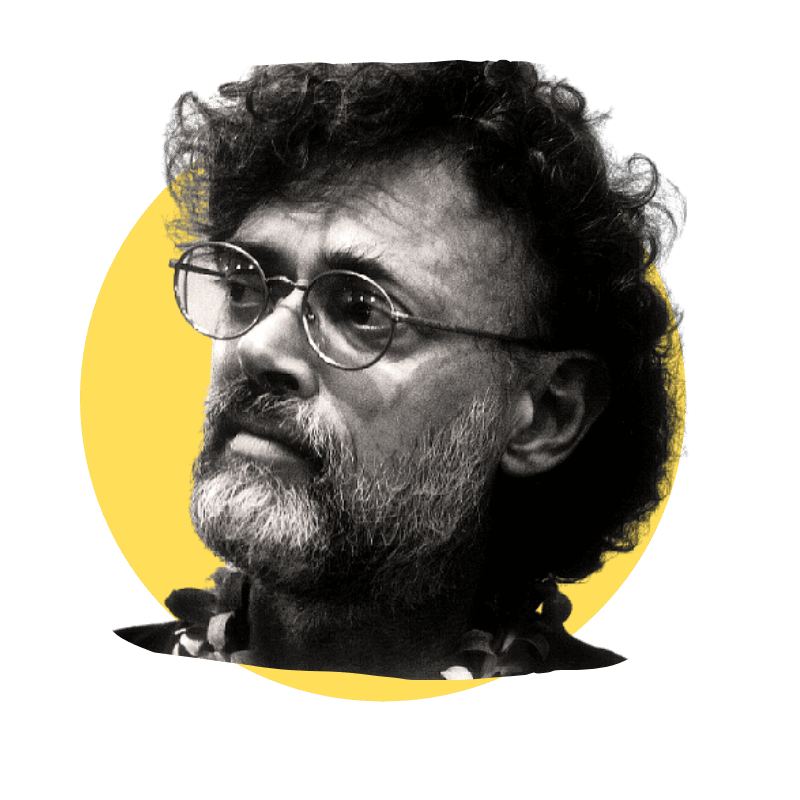Ram Dass (Richard Alpert)
How Richard Alpert went from psychedelic psychologist to spiritual guru.
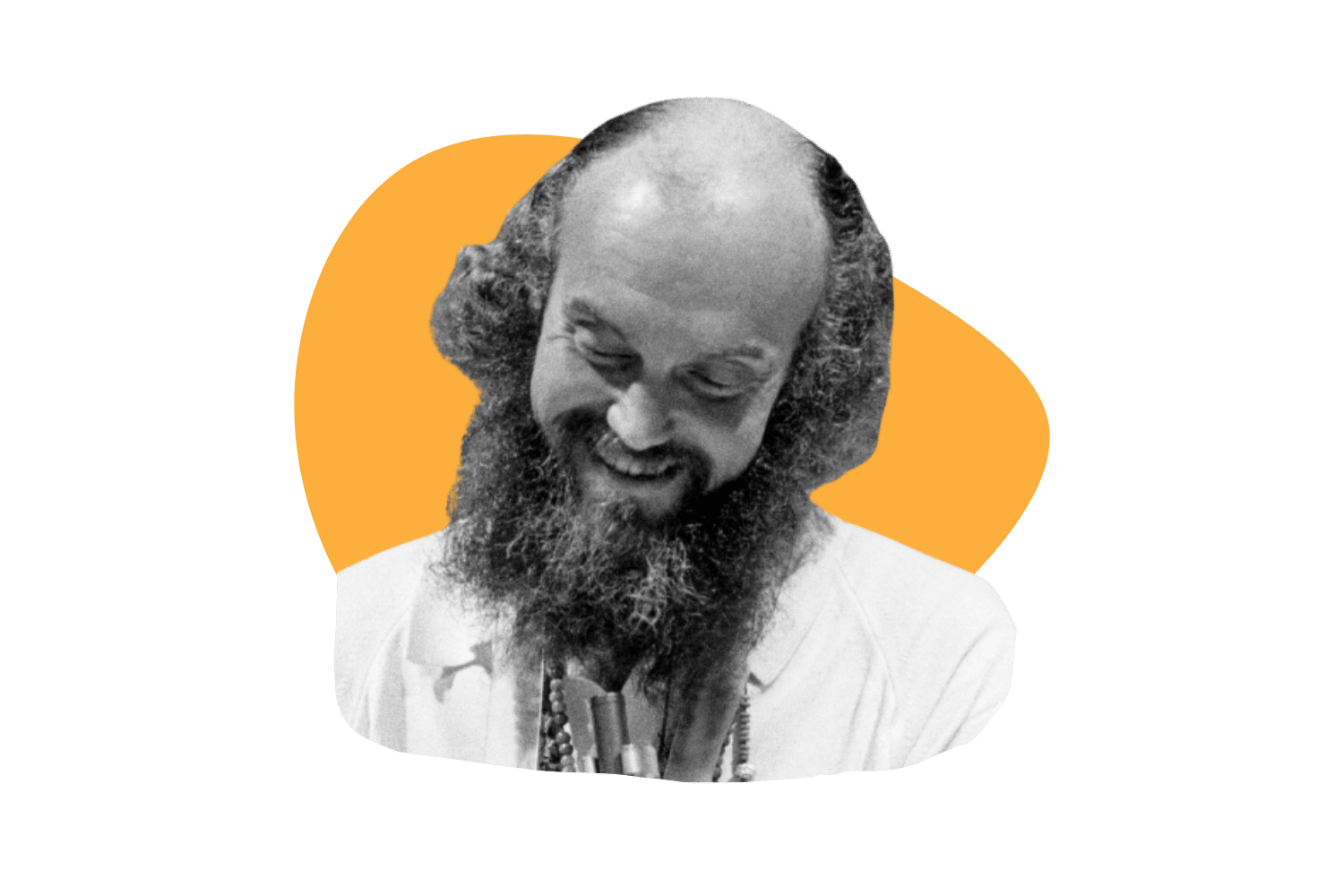
Ram Dass has had many different lives. Born into a Jewish family as Richard Alpert, he went from being a hot-shot Harvard professor to psychedelic pioneer.
After a trip to India, Alpert transformed into Baba Ram Dass, a Hindu devotee and spiritual teacher.
He reshaped the hippie culture of the 1960s and 70s with his message of peace and love and brought yoga and spirituality to the masses.
The life of Ram Dass is unlike any other. He passed away at the end of 2019 but lives on in the form of his many recorded lectures, books, and charitable organizations.
This is the life of Baba Ram Dass.
| Birth & Death | 1931–2019 |
| Personality Type | ENFP | 6w7 |
| Occupation | Psychologist, Spiritual Teacher, Author |
| Nationality | American |
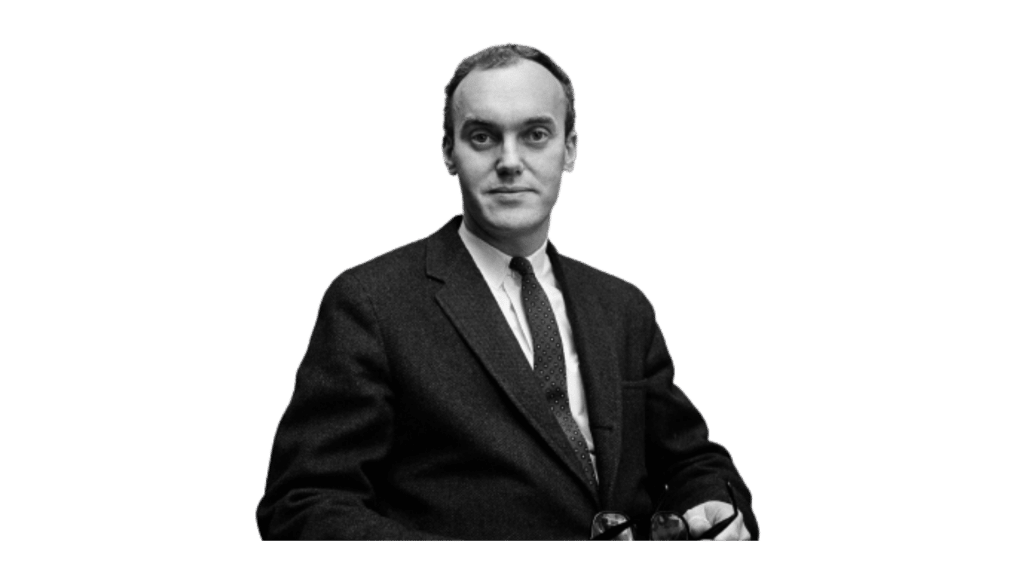
The Life of Ram Dass
Ram Dass (Richard Alpert) was born in Boston, Massachusetts, on April 6, 1931.
He achieved a Bachelor of Arts degree from Tufts University in 1952, a master’s degree from Wesleyan University in 1954, and a doctorate (all in psychology) from Stanford University in 1957. His doctoral thesis was on achievement anxiety — something he was very familiar with by the time he finished his doctorate studies.
Alpert found success at a very early age. By the time he was 29 years old, he was a clinical psychologist and a Harvard professor. He had a brand new sports car, a sailboat, and a single-engine Cessna airplane.
This was peak Alpert. He collected fine furniture, made tons of money, and engaged in multiple orgies with both male and female partners.
All of this changed in March of 1961 when a colleague of his, Timothy Leary, gave him a 10 mg pill of synthetic psilocybin — the active ingredient in magic mushrooms.
Dass says he experienced ego-dissolution during this trip. He believes this was the moment Richard Alpert died. But it would be nearly a decade before he was fully reborn as Ram Dass.
This psychedelic experience completely changed the game for Alpert — who subsequently committed himself fully into Leary’s psilocybin project at Harvard.
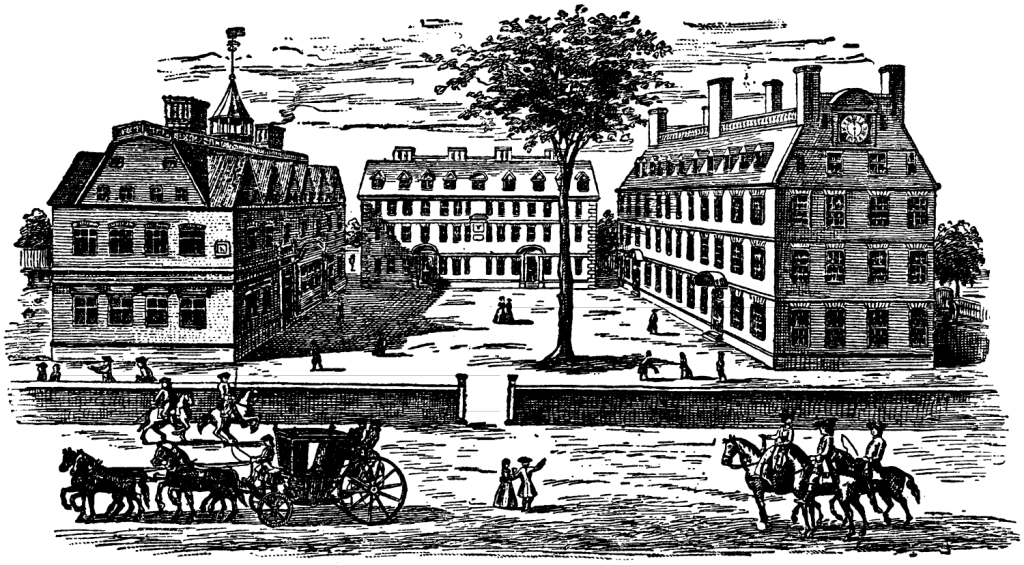
The Harvard Psilocybin Project
From 1961 until 1963, Alpert, Leary, and a few other professors worked on the Harvard Psilocybin Project. This project basically involved handing out doses of psilocybin and LSD-25 to pretty much anybody and following up with a questionnaire.
The project was set up by Leary to explore the potential therapeutic effects of hallucinogenic drugs such as psilocybin, LSD-25, mescaline, and other psychedelic chemicals.
At the time, these substances were completely legal, and the Swiss pharmaceutical company, Sandoz, agreed to give researchers large quantities of both LSD and psilocybin on the condition they would provide published data on their usefulness.
However, many of these experiments were not very “scientific.”
Alpert once stated that “I took five people and we locked ourselves in a building for three weeks and we took 400 micrograms of LSD every four hours. That is 2400 micrograms of LSD a day.… We finally were just drinking out of the bottle.… We were very high.”
I should note, the normal dose of LSD is between 125 and 200 micrograms, so Alpert and his ragtag team of psychoanalytical explorers were taking ten times the normal dose on a daily basis — for three weeks straight.
In 1962, Alpert assisted Timothy Leary and Walter Pahnke with the Good Friday Experiment, which was the first controlled, double-blind study on psychedelics and the mystical experience.
Later that year, Leary and Alpert founded the Federation for Internal Freedom (IFIF) in order to carry out studies on the religious use of psychedelic drugs. Both of them were listed on the board of directors.
The Harvard Psilocybin Project became widely known on campus — attracting a great deal of attention and undergraduate interest. This didn’t sit well with the other professors, and eventually, Harvard itself had enough.
It came to an end after Alpert gave psilocybin to an undergraduate student. As part of the initial agreement for the project, only graduate students were permitted to take part in their study. It seemed Harvard was looking for a way to end the experiment, and this was the perfect opportunity to do it.
Leary left Harvard shortly after — some accounts say he was fired for skipping too many classes; others say he quit.
The Millbrook Property
After leaving Harvard in 1963, Alpert, Leary, and many of their followers went to live on an estate in Millbrook, New York. The estate was owned by Peggy Hitchcock and her two brothers. Peggy secured a deal in which the group would pay $1 per year to rent out the property in its entirety.
This estate quickly became the headquarters for the psychedelic movement in the United States.
The home was rented to IFIF, which was later renamed The Castalia Foundation. They ran a publication called the Psychedelic Review — in which both Leary and Alpert would frequently publish content. The Castalia Foundation also ran psychedelic and non-psychedelic workshops and ran experiments in the search for a path to reaching a higher state of consciousness.
Alpert spent a lot of time writing while living in Millbrook. In 1964 he published The Psychedelic Experience, which he co-authored with Ralph Metzner and Timothy Leary. He also co-authored the book LSD with Sidney Cohen and Lawrence Schiller in 1966.
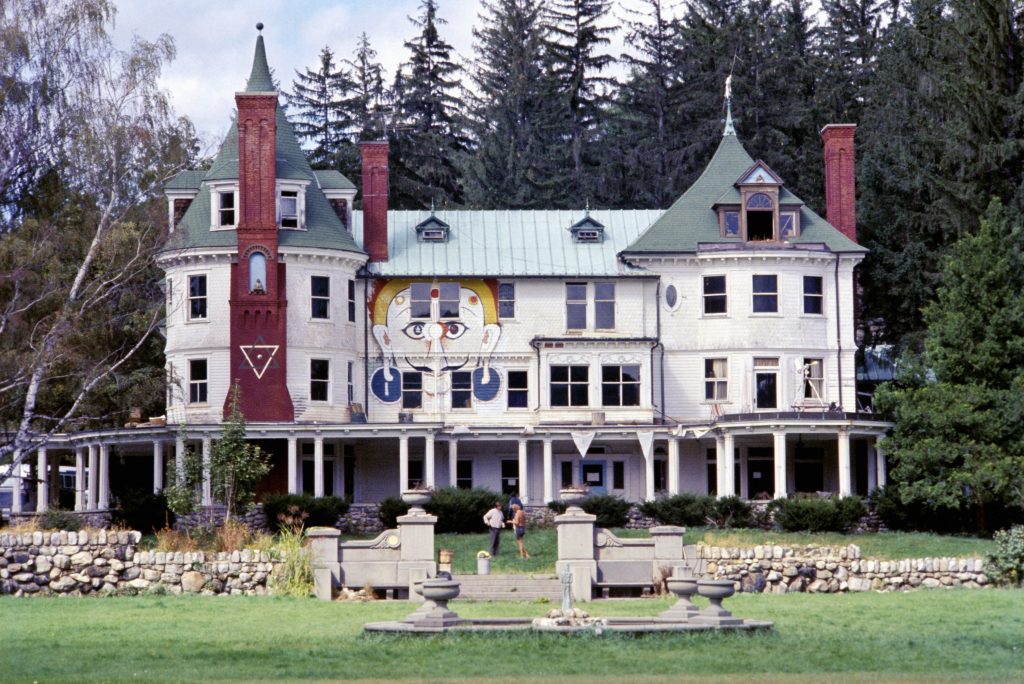
Transitioning From Richard Alpert to Baba Ram Dass
Alpert left the United States for India in 1967, where he met a Hindu guru by the name of Neem Karoli Baba (AKA Maharajji) and became one of his students. Neem Karoli Baba gave Alpert the name Ram Dass, which he used for the remainder of his life.
Following this transition, Dass pursued the dharmic life. He wrote several books on spirituality, several of which are considered seminal at this point. His most popular book, by far, called Be Here Now (1971), was a manual for consciousness. The book was published by the Lama Foundation, which Dass had left to benefit the community. This was one of the first books guiding non-Hindus to becoming a yogi.
This book had a huge impact on American culture. Apple founder Steve Jobs once credited this book with getting him to try LSD for the first time.
Dass pursued many spiritual techniques and philosophies and shared his learnings with millions in the form of lectures, books, and retreats. Dass practiced bhakti or devotional yoga (focused on the Hindu deity Hanuman), Buddhist meditation in the Theravadin, Mahayana Tibetan, and Zen Buddhist schools, and Sufi and Jewish mystical studies.
Ram Dass’ Later Years
Throughout the 1970s, Dass continued teaching, writing, running non-profit organizations, and exploring his own spirituality.
He founded the Seva Foundation and Hanuman Foundation — which were non-profits aimed at helping the blind and spreading the life teachings of Neem Karoli Baba, respectively.
Ram Dass also helped create the Living/Dying Project with Dale Borglum. Based in Marin, California, the Dying Project was the first residential facility in the US where people traveled to “die consciously”.
At the ripe old age of 78, Dass learned that he was already both a father and a grandfather. A woman he had a brief relationship with when he was younger raised their son without his knowledge. His son, Peter Reichard, took a DNA test after learning from his mother that there was doubt surrounding his parentage.
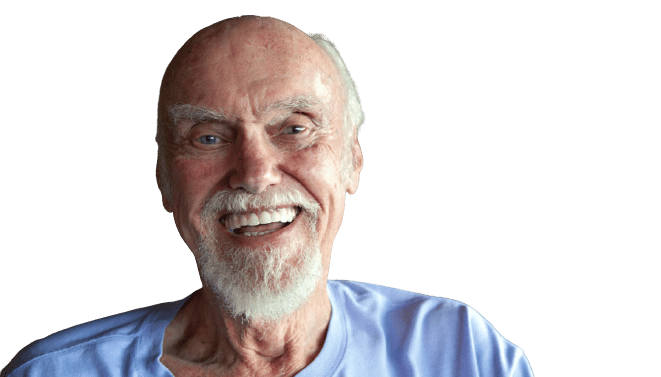
Ram Dass’ Death
In February 1997, Ram Dass had a massive hemorrhagic stroke that left him with expressive aphasia. This is a condition that affects one’s ability to communicate with others. His interpretation of language was intact, but it was difficult for him to find his words, which made it extremely difficult to communicate effectively.
This experience humbled Ram Dass greatly. The stroke also paralyzed the right side of his body, confining him to a wheelchair for the remainder of his life.
Dass continued to give lectures, write books, and run retreats until his death in December of 2019.
The Philosophy of Ram Dass
Ram Dass made several important contributions to the field of psychology, Western spirituality, and psychedelics. Here are some of his most prevalent philosophies and ideas.
Be Here Now: Mindfulness & Compassion
Ever since Dass took his first dose of psilocybin in Timothy Leary’s apartment, he began searching for a path to higher consciousness. He doled out hundreds of doses of LSD and psilocybin, each time observing that the individual would revert back to their original frame of mind once the glow of the psychedelics finally wore off.
He traveled to India and gave monks in the Himalayas doses of LSD to see what they thought and was surprised at how little they were affected.
He also gave his soon-to-be guru — Neem Karoli Baba a dose — and was shocked to find he had no response whatsoever.
This led Dass to realize the higher state of consciousness his guru had attained was unaffected by drugs. That the path to sustained states of higher consciousness didn’t come from the drugs, but through the cultivation of compassion and a focus on the present moment. He adopted the Hindu concepts for attaining this — including meditation, yoga, and the acknowledgment of karma.
Dass’s philosophy shifted from “switching people on” through the use of psychedelics towards a more holistic practice of compassion and techniques that bring people to the present moment.
This is what page two of his book, Be Here Now, reads:
“Consciousness = energy = love = awareness = light = wisdom = beauty = truth = purity. It’s all the SAME. Any trip you want to take leads to the SAME place.”
Death & Dying
Ram Dass talked a lot about death in his lectures and even founded a death hotline and the Living/Dying Center in California.
His thoughts on death could be summed up into this single quote:
“Death is our greatest challenge as well as our greatest spiritual opportunity. By cultivating mindfulness, we can prepare ourselves for this final passage by allowing nature, rather than Ego, to guide us.”
He often stated that “one dies as one lives.” He believed that keeping yourself in the present moment, living consciously, honestly, and authentically was the path to a higher state of consciousness. In this state, death was meaningless — just another level of exploration for the soul to take on its endless journey through existence.
Best Ram Dass Quotes
Dass is a very quotable person. Through years of writing, lecturing, and seeking to simplify and understand complex topics, he developed a particular way of speaking that allowed him to drop all sorts of tidbits of wisdom.
1. On Suffering
Suffering is part of our training program for becoming wise.
A feeling of aversion or attachment toward something is your clue that there’s work to be done.
When you are causing suffering to others, you are causing suffering to yourself.
The resistance to the unpleasant situation is the root of suffering.
2. On Presence
When you know how to listen everybody is the guru.
The quieter you become, the more you can hear.
It is important to expect nothing, to take every experience, including the negative ones, as merely steps on the path, and to proceed.
Start from where you are–not where you wish you were. The work you’re doing becomes your path.
Be here now.
Everyone should smile. Life really isn’t that serious. We make it hard. The sun rises. The sun sets. We just tend to complicate the process.
Our plans never turn out as tasty as reality.
3. On the Meaning of Life
Our whole spiritual transformation brings us to the point where we realize that in our own being. We are enough.
The most exquisite paradox… as soon as you give it all up, you can have it all. As long as you want power, you can’t have it. The minute you don’t want power, you’ll have more than you ever dreamed possible.
The world is won by those who let it go.
Once you have drunk from the water of unconditional love, no other well can satisfy your thirst. The pangs of separation may become so intense that seeking the affection of the Beloved becomes an obsession.
Faith is not a belief. Faith is what is left when your beliefs have all been blown to hell.
You don’t need to go anywhere else to find what you are seeking.
4. On Ego
What you meet in another being is the projection of your own level of evolution.
Your problem is you are too busy holding on to your unworthiness.
Everything changes once we identify with being the witness to the story, instead of the actor in it.
The game is not about becoming somebody; it’s about becoming nobody.
If you think you’re free, there’s no escape possible
You’ve gotta become somebody to become nobody.
If you think you’re enlightened, go spend a week with your family.
Cosmic humor, especially about your own predicament, is an important part of your journey.
You may protest if you can love the person you are protesting against as much as you love yourself.
From a personality point of view, you develop judgment, but from the soul’s point of view, you develop appreciation.
5. On Death
Love transcended death. You’ll have to find it out for yourself, but it’s true.
The moment of death is the moment that you engage with the deepest mystery of the universe.
Some people do the most profound spiritual work in the final moments before they die.
Death has such great importance in this society that it affects everything. I learned from my guru that death is not the enemy, I see it as another moment. Yet, it’s the end of an incarnation and means going on to other incarnations.
6. Other Ram Dass Quotes
Information is just bits of data. Knowledge is putting them together. Wisdom is transcending them.
The hippies create the police as much as the police create the hippies. As long as you are attached to whatever pole you are representing, the vibrations which you are sending out are creating its polar opposite around you. If you can do whatever is your karma, and can do it without attachment, then you do not create that karma.
We’re all just walking each other home.
Best Ram Dass Lectures
Ram Dass has given hundreds of talks and lectures since the late 1960s, many of which have been recorded and are available for free on Youtube and other video streaming websites.
Here are a few of the best lectures to get started with, but the rabbit hole only begins here. The world of Ram Dass runs deep.
Growing Out of Dualism
The Miracle of Consciousness
Promises & Pitfalls of the Spiritual Path
In the Face of Chaos
Living the Paradox of Consciousness
Ram Dass Books
- Be Here Now (1971)
- Grist for the Mill (1977)
- Doing Your Own Being (1973)
- The Only Dance There Is (1974)
- Journey of Awakening: A Meditator’s Guidebook (1978)
- Miracle of Love: Stories about Neem Karoli Baba (1978)
- How Can I Help? Stories and Reflections on Service (1985)
- Compassion in Action: Setting Out on the Path of Service (1991)
- Still Here: Embracing Aging, Changing and Dying (2000)
- Paths to God: Living The Bhagavad Gita (2004)
- Be Love Now (2010)
- Polishing the Mirror: How to Live from Your Spiritual Heart (2013)
- Walking Each Other Home: Conversations on Loving and Dying (2018)
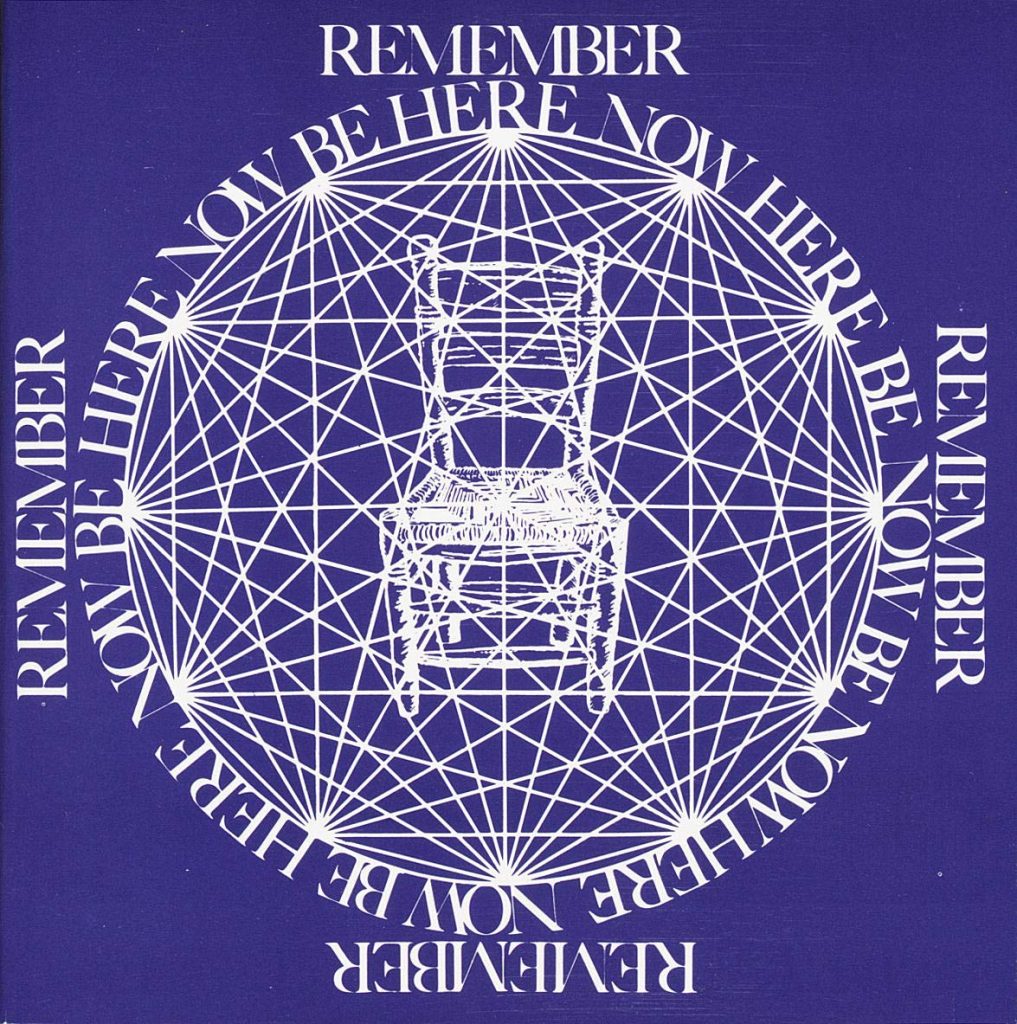
Final Thoughts: Who Was Ram Dass?
Ram Dass was one of the most prominent spiritual guides in the western world. His experience with psychedelics and resulting ego-death completely shifted his view of reality — something psychedelics have a tendency to do.
His journey led him away from the world of psychedelics towards the Hindu concepts of meditation, yoga, karma, and compassion. Along with other prominent philosophers at the time (such as the late Alan Watts and Terence McKenna), Dass is largely attributed to bringing Eastern philosophy to the Western world in a way they could understand and apply.
His work has changed the entire course of American culture throughout the hippie era of the 1960s and beyond.
Dass lives on through his recordings, teachings, and many books on the topics of spirituality, consciousness, and psychedelics.
Subscribe To Get a Weekly Dose of Psychedelics In Your Inbox

